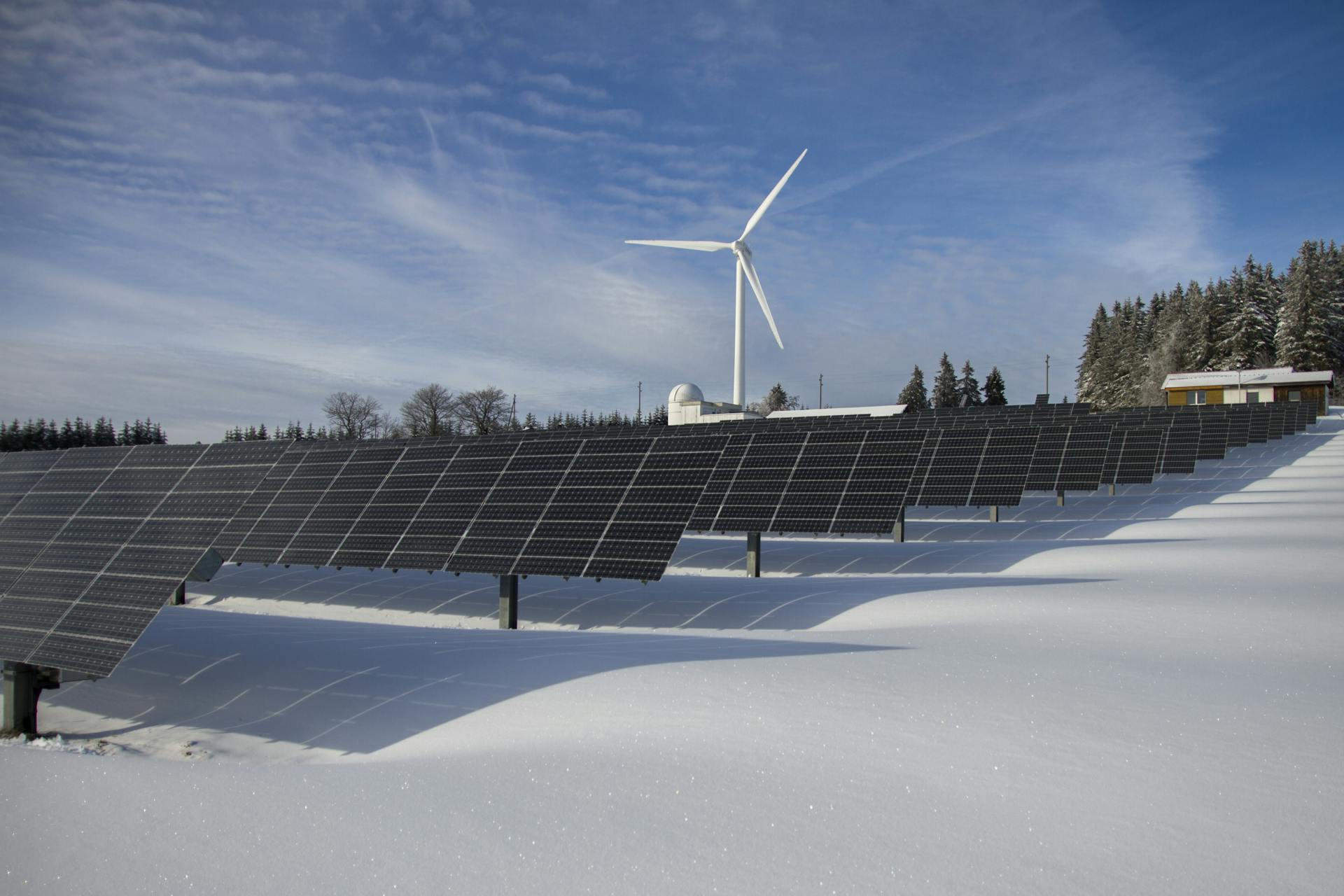Share This Article
S&P Global Commodity Insights: clean technology investment will increase
S&P Global Commodity Insights predicts that 2025 will be a period of transformation for the worldwide energy generation sector. The analysts predict that clean technology investment, particularly solar PV, will increase significantly.
Solar energy development
Solar energy is expected to account for around 50% of total investment in renewable energy. At the same time, experts believe that the sector’s level of funding is still insufficient to meet climate targets. To reach the goals, governments will need to triple renewable energy capacity by 2030. Analysts believe that only a few countries will be able to achieve this, and the US will not be one of them. China is already demonstrating greater efficiency in its renewable energy investments than the US. Beijing manages to build twice as many gigawatts of renewable energy for every dollar spent.
In addition, Chinese manufacturers are leaders in the supply of solar and wind energy equipment. Their dominance of the global market influences pricing. This, in turn, makes suppliers from other countries vulnerable. Analysts concede that the balance of power may be shifting. China’s economy is experiencing a slowdown, which entails regulating output growth. Experts predict that by 2030 the situation will be as follows:
- the share of Chinese manufacturers in the PV sector will fall to 65%;
- their share of the battery cell market will fall to 61%.
One of the limiting factors in the development of the renewable energy sector is the low price of electricity. Costs decline during periods of maximum production. Innovative batteries and the introduction of artificial intelligence can solve this problem. AI technology can accurately predict peak generation periods and periods of reduced activity, allowing energy producers and suppliers to respond more flexibly.

Rising corporate demand
Demand for renewable energy from data centres has increased in recent years. The sector is forecast to supply 300 TWh of energy to data centres annually by 2030, up from 200 TWh today. Data centres in North America will be the main consumers, accounting for 60% of the total demand for this resource.
Decarbonisation trends
Many governments are placing a strong emphasis on meeting decarbonisation targets. Ammonia, used in the production of hydrogen, plays an important role in this process.In addition, experts are developing carbon capture projects. Analysts expect that by 2025, the capacity of CCUS (carbon capture, use and storage) will reach 70 million tons. The goal will be achieved by strengthening government and business initiatives.

